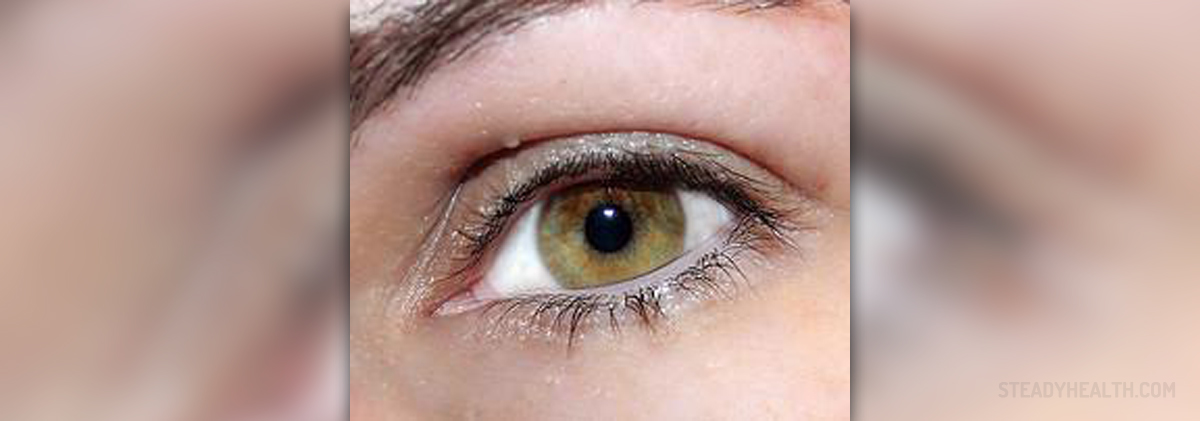
Nystagmus is an eye disorder characterized by rapid, involuntary and rhythmic movement of the eye. The condition may affect one or both eyes and is associated with reduced vision.
Nystagmus Overview
Nystagmus may have different forms where each form causes different eye movements. Pendular nystagmus causes equal oscillation of the eye in all directions. Jerk nystagmus causes slow drift of the eye in one direction followed by faster corrective movement in the opposite direction. Involuntary eye movements may be from side to side (horizontal), up and down (vertical) or rotary. The frequency and amplitude of the oscillation may vary too.
Nystagmus can be classified into two groups, sensory nystagmus and motor nystagmus. Sensory nystagmus is caused by vision loss while motor nystagmus is related to the control of muscle function.
Types of Nystagmus
There are two main types of this vision condition, congenital and acquired nystagmus. Congenital or infantile nystagmus develops within the first few months of life. It usually affects both eyes and is featured by horizontal eye movements. It is usually caused by poor vision.
Spasmus nutans is a form of congenital nystagmus which occurs between four months and three years of age. The affected child usually exhibits head nodding and head tilt and the eyes may move in any direction. This type of nystagmus generally does not require treatment and resolves spontaneously within one to two years after the onset.
Downbeat nystagmus is a type of the condition featured by ocular oscillation in a downward direction. In this type, nystagmus is evident on lateral gaze. Upbeat nystagmus is marked by significant oscillation when looking upward. Seesaw nystagmus is a rare form of the disorder which involves intorsion and elevation of one eye and extortion and depression of the other eye.
Causes of Nystagmus
Congenital nystagmus is two times more common in males than females. Congenital nystagmus can occur due to an inherited ocular disease. The leading cause of this type of nystagmus is vision loss which may result out of cataract, oculoalbinism, glaucoma, retinal detachment and other conditions.
Acquired nystagmus can occur due to brain tumors, multiple sclerosis, stroke, syphilis, vitamin deficiencies, Wernicke’s encephalopathy and Meniere’s disease. Acquired nystagmus may also develop as a side effect of different drugs either prescribed or recreational. Prevention of Nystagmus
Nystagmus cannot be prevented. Acquired nystagmus may be reduced by a prompt treatment of an underlying neurological condition. Also, medications like anti-epilepsy drugs that may cause nystagmus as a side effect should be taken exactly as instructed by a health care provider to reduce the risk of development of this eye condition.

















Your thoughts on this
Loading...